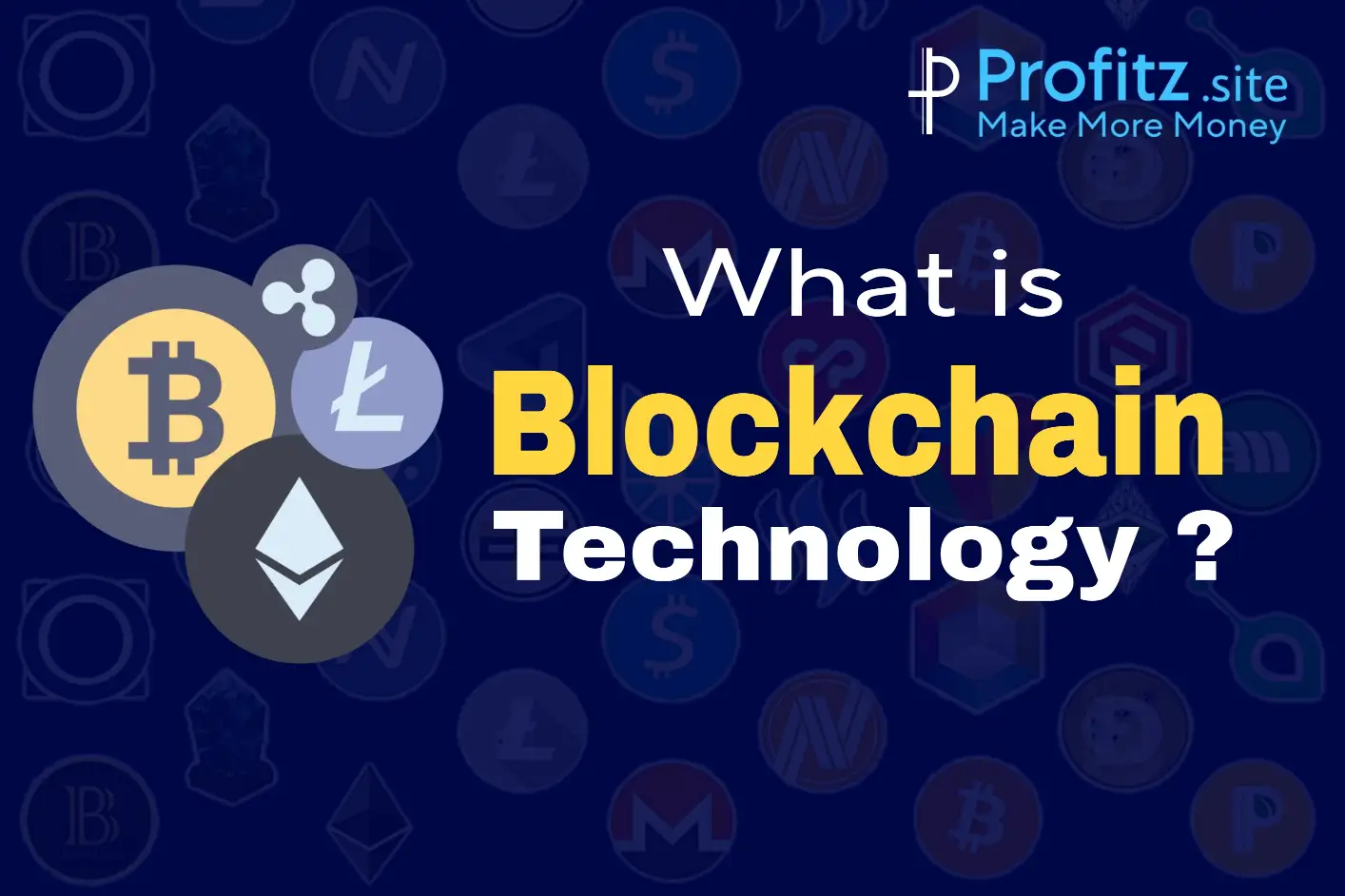Blockchain technology – What is it? It has emerged as a revolutionary force, disrupting traditional systems across various industries. At its core, blockchain is a decentralized and distributed ledger that securely records transactions across a network of computers. It ensures transparency, immutability, and trust in a trustless environment. In this exploration, we delve into the intricacies of blockchain technology, its underlying principles, applications across industries, and potential future developments.
Understanding Blockchain Technology
Decentralization
At the heart of blockchain is the concept of decentralization. Unlike traditional centralized systems where a single authority governs the entire network, blockchain distributes control among multiple nodes. Each participant on the network has equal access and authority, reducing the risk of a single point of failure.
Distributed Ledger
A blockchain consists of a chain of blocks, each containing a list of transactions. This ledger is distributed across all nodes in the network, ensuring that every participant has a copy. This distributed nature contributes to the security and reliability of the system.
Consensus Mechanism
To validate and add new transactions to the blockchain, a consensus mechanism is employed. Common mechanisms include Proof of Work (PoW) and Proof of Stake (PoS). PoW requires participants (miners) to solve complex mathematical problems to validate transactions, while PoS selects validators based on the amount of cryptocurrency they hold and are willing to “stake.”
Applications of Blockchain Technology
Cryptocurrencies
Blockchain gained prominence with the advent of Bitcoin, the first cryptocurrency. It utilizes blockchain to enable secure and transparent peer-to-peer transactions without the need for intermediaries like banks.
Smart Contracts
Ethereum, a blockchain platform, introduced the concept of smart contracts. These are self-executing contracts with the terms of the agreement directly written into code. They automatically execute and enforce the terms when predefined conditions are met, reducing the need for intermediaries in contractual agreements.
Supply Chain Management
Blockchain enhances supply chain transparency by recording the entire lifecycle of a product, from manufacturing to distribution. This enables real-time tracking, reducing fraud and ensuring the authenticity of products.
Healthcare
In the healthcare sector, blockchain can secure and streamline the management of patient records. This ensures data integrity, reduces errors, and allows for seamless, secure sharing of information among healthcare providers.
Financial Services
Blockchain is transforming the financial industry by providing faster and more secure cross-border transactions. It eliminates the need for intermediaries in traditional banking, reducing costs and increasing efficiency.
Challenges and Future Developments
Scalability
As blockchain networks grow, scalability becomes a challenge. Traditional blockchains, like Bitcoin and Ethereum, face limitations in transaction speed and throughput. Researchers and developers are actively working on solutions, such as layer 2 scaling solutions and alternative consensus algorithms.
Interoperability
The lack of interoperability between different blockchain networks hinders seamless communication. Initiatives and protocols like Polkadot and Cosmos aim to address this issue by creating platforms that facilitate interoperability.
Regulatory Framework
Governments around the world are grappling with how to regulate blockchain and cryptocurrencies. Striking a balance between fostering innovation and protecting consumers remains a key challenge.
Environmental Concerns
The energy consumption associated with some consensus mechanisms, particularly Proof of Work, has raised environmental concerns. Transitioning to more eco-friendly consensus mechanisms is a priority for the blockchain community.
Conclusion
Blockchain technology has evolved from its initial application in cryptocurrencies to a versatile tool with far-reaching implications across diverse industries. Its decentralized and transparent nature offers solutions to long-standing problems, fostering innovation and reshaping traditional paradigms. As the technology continues to mature, addressing scalability, interoperability, and regulatory challenges will be crucial for its widespread adoption and sustained success in the future.
